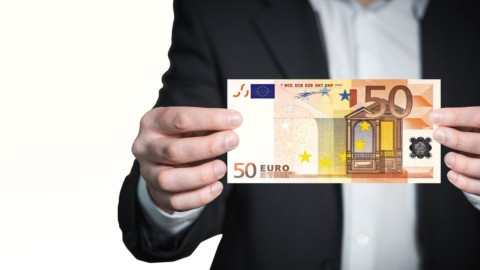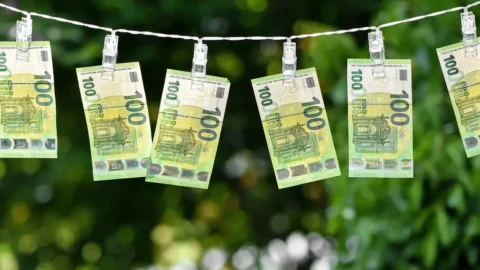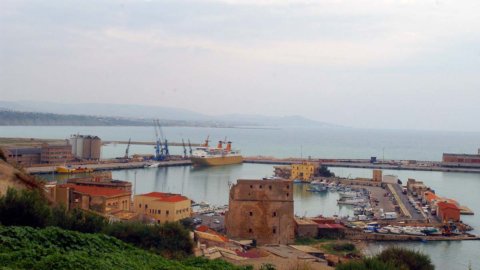We return to talk about the cap on cash. The legal limit is currently 3 thousand euros, but the maneuver just approved by the Council of Ministers plans to lower it to 2 thousand for the next two years and then again to a thousand in 2022. Italia Viva does not like the measure (it was the Renzi government to raise the threshold from 3 to XNUMX euros) so it cannot be ruled out that some changes, or even cancellations, may occur during the conversion phase.
However, it was enough to dust off the subject (there have been 10 changes since 2002) for many people to flood the Ministry of the Economy for clarification. The Treasury has therefore decided to publish new FAQs (questions with answers), creating a sort of handbook on the use of cash.
Here are the main cases to keep in mind in order not to have bad surprises and not complicate your life unnecessarily.
WITHDRAW AND PAY CASH IN THE BANK BEYOND THE THRESHOLD
It can be done: the ceiling on the use of cash only concerns payments, i.e. the flows of money between different subjects, not also the operation of withdrawing or depositing cash into the current account. However, in these cases the anti-evasion legislation provides for the possibility of assessments by the tax authorities. Furthermore, there is an obligation for banks, post offices, payment institutions and electronic money institutions to send the "objective communications" on cash movements to the UIF (the Financial Intelligence Unit set up at Bank of Italy). equal to or greater than 10 thousand euros.
PAYMENT OVER THE THRESHOLD BY CASH AND CHECK
It is possible, but the part paid in cash must be less than the legal limit (3 thousand euros this year, then - if the maneuver does not undergo changes - 2 thousand in 2020-2021 and a thousand in 2022.
PAYMENT OVER THE THRESHOLD WITH MULTIPLE CHECKS
It is permitted, explains the Treasury, because "it does not constitute the hypothesis of accumulation and, therefore, does not give rise to a violation". The reason is that bank checks leave traces of the operation in the bank that issued them and in the one where they were paid.
PAYMENT BEYOND THE THRESHOLD TO THE NOTARY
Payment to the notary of bills and checks in cash is possible as the notary can be considered in this circumstance as the "authorized representative" of the credit institution which has requested the raising of the protest.
PAYMENT BEYOND THE THRESHOLD BY CASH BUT IN INSTALLMENTS
If parties enter into a contract that provides for an installment payment (regularly invoiced, of course) they do not violate the rules.
PAYMENT BEYOND THRESHOLD WITH FAKE INSTALLMENTS
The crime is committed by those who make multiple "artificially split" cash payments to stay below the legal threshold, pretending that there are multiple transactions when in reality it is only one.
WHAT THOSE WHO BREACH THE RULES RISK
The fine is very high: it ranges from 3 to 50 euros and is increased fivefold (from 15 to 250 euros) in the event of violations exceeding 250 euros.





